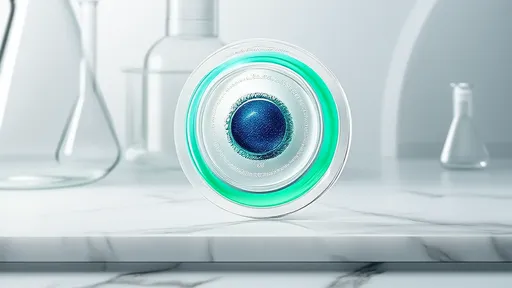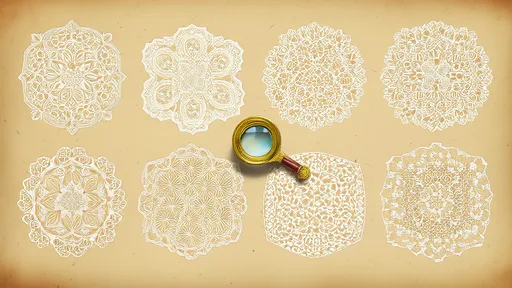The beauty and personal care industry is undergoing a quiet revolution, driven by sustainability concerns and consumer demand for innovative, skin-friendly products. Among the most intriguing developments in this space is the emergence of edible perfume patches that utilize algae-based carriers. These discreet, biocompatible stickers promise long-lasting fragrance without the drawbacks of traditional alcohol-based perfumes or synthetic adhesives.
At the heart of this innovation lies marine biotechnology. Researchers have discovered that certain species of algae possess remarkable film-forming properties when processed correctly. Unlike conventional patch materials that may irritate the skin or leave residue, these algal biopolymers create a breathable, nutrient-rich matrix that gradually releases fragrance while nourishing the skin. The breakthrough came when scientists realized they could encapsulate fragrance oils within the algae-derived substrate at a molecular level, creating what some are calling "second-skin fragrance technology."
What makes these edible perfume patches particularly exciting is their environmental profile. The algae used in production are typically farmed using sustainable aquaculture methods, requiring no freshwater inputs or arable land. They grow rapidly while absorbing carbon dioxide, making them carbon-negative raw materials. After use, the patches biodegrade completely within weeks, unlike conventional plastic-backed alternatives that persist in landfills for decades. Some formulations even incorporate nutrient-rich algae varieties that benefit the skin when absorbed.
The technology addresses several pain points in traditional fragrance application. Alcohol-based perfumes can dry out skin and evaporate quickly, while oil-based alternatives may stain clothing. These new patches adhere comfortably to pulse points, releasing scent gradually over 6-8 hours through body heat activation. Early adopters report appreciating the consistent fragrance delivery without the initial overwhelming burst characteristic of spray perfumes. The patches' thin profile makes them virtually undetectable when applied to the wrist or behind the ears.
Food-grade certification has been a crucial milestone for manufacturers. Because the patches utilize edible algae extracts and food-safe fragrance compounds, they meet stringent international standards for incidental ingestion - an important consideration for products worn on the body. This has opened doors for creative applications, including flavored variants designed for placement inside clothing or even as breath-freshening mouth patches. The edible nature also reassures consumers concerned about skin absorption of synthetic chemicals.
Market response suggests these innovations are meeting previously unaddressed needs. Busy professionals appreciate the mess-free application during commutes, while athletes value the sweat-resistant formulation. Parents of young children report feeling more comfortable using the patches compared to spray fragrances that might irritate sensitive respiratory systems. The travel-friendly format - individual patches in resealable packaging - has proven particularly popular in post-pandemic markets where consumers prioritize convenience and hygiene.
Looking ahead, researchers are exploring ways to enhance the technology's functionality. Some prototypes incorporate skincare actives like hyaluronic acid or vitamins alongside fragrance compounds, transforming the patches into multifunctional beauty products. Others are experimenting with responsive systems that adjust scent intensity based on body temperature or pH levels. As sustainable beauty continues gaining momentum, algae-based edible perfume patches represent more than a niche novelty - they exemplify how biotechnology can redefine everyday personal care products through environmentally intelligent design.

By /Jul 16, 2025

By /Jul 16, 2025

By /Jul 16, 2025

By /Jul 16, 2025

By /Jul 16, 2025

By /Jul 16, 2025

By /Jul 16, 2025

By /Jul 16, 2025

By /Jul 16, 2025

By /Jul 16, 2025

By /Jul 16, 2025

By /Jul 16, 2025

By /Jul 16, 2025

By /Jul 16, 2025

By /Jul 16, 2025

By /Jul 16, 2025

By /Jul 16, 2025

By /Jul 16, 2025